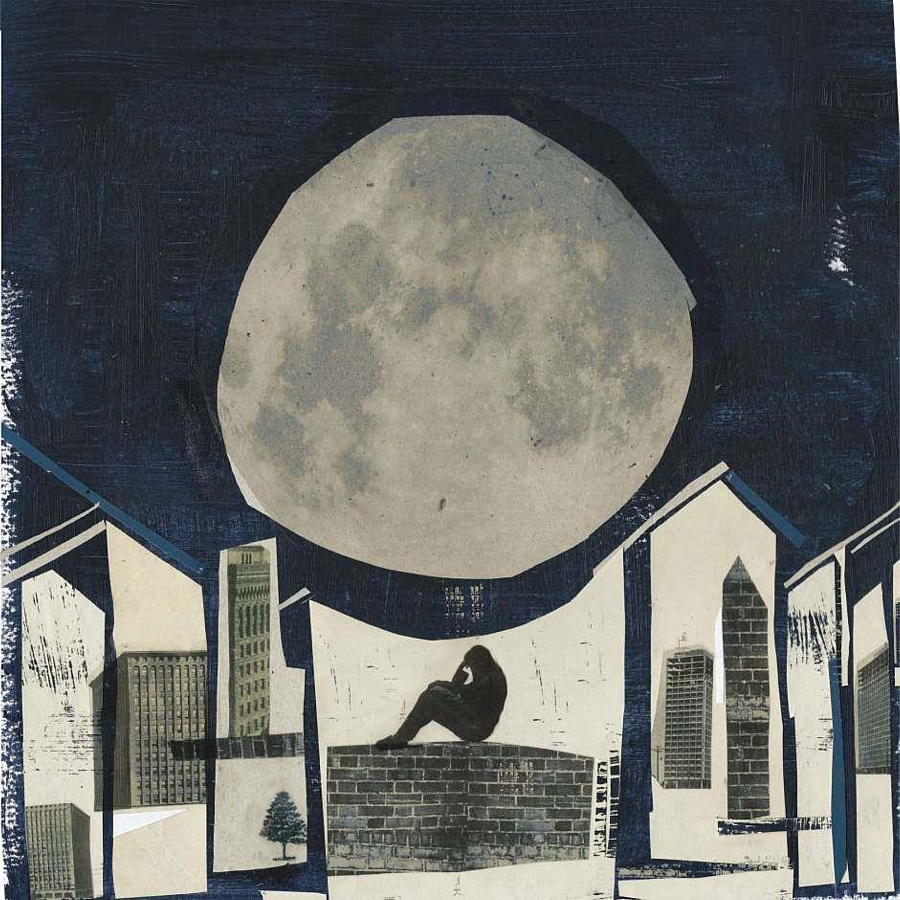How trauma awareness can save lives among the unhoused

Lori Teresa Yearwood
Go beyond what you have been told about all the reasons the unhoused live without homes. Look past the policies that criminalize and punish them, the programs that purport to “help” but pathologize them, forever dooming them to a shattered existence of brokenness. These are the collective beliefs and resulting social punishments that lead directly to countless deaths of unhoused individuals across America, mental health experts say.
Only in the suspension of those shared beliefs and condoned treatment of the unhoused, in a realm known as “trauma awareness,” will we find the necessary solutions to break the cycles that support homelessness.
How can anyone say with certainty that the application of trauma awareness will heal and save lives amongst the more than 880,000 individuals estimated to be unhoused in any 24-hour period in the United States?
First, trauma awareness is the acknowledgement of how trauma — psychological as well as physical — dysregulates the mind and impacts the body. It is not news that life on the streets meets the quintessential definition of physical and psychological trauma. Consider that the average lifespan of unsheltered people is approximately 50 years, which is about 20 years less than their housed counterparts.
Secondly, researchers have been studying the mind-body connection for more than a hundred years, proclaiming its legitimacy and then proving how that knowledge can be used to save lives. Just one example: In the late 1980s, a Stanford University study of women living with the trauma of metastatic breast cancer found that not only did those who receive psycho-social support enjoy a better quality of life, they lived significantly longer than those who did not receive that support.
The logical question then: What would be the likely impact of consistently applying the practices of trauma-awareness to the unsheltered population?
My goal through my reporting for the 2022 National Fellowship is to show that the ramifications would be exponentially positive. I will seek to show this through the voices of trauma-aware mental health professionals, housing experts, graphics, and the reconstructed narratives of two or three individuals who have recently died during homelessness. In those narratives, I will trace those individuals’ life decisions in relation to their reported traumas.
Though the federal government makes no effort to count deaths of the unhoused nationwide, the number of Americans dying while homeless has surged dramatically in the past five years, according to an analysis conducted by The Guardian and an expert at the University of Washington. The analysis found that the number of deaths among people living without housing increased by 77% in the five years ending in 2020.
That dramatic rise involved many factors, including violence, untreated disease and illicit drug use. The experts I’m interviewing for this project will make clear that the driving force behind virtually all those factors is not pathological behavior. But rather, it’s unrecognized and therefore unresolved trauma that leads to coping mechanisms that hijack the mind and then the body — a problem with psychosocial solutions, if consistently and appropriately applied.
“The question is not the addiction, but why the pain?” states Dr. Gabor Mate, a Canadian physician and world-renowned trauma-aware expert who has worked extensively with the unhoused, and wrote about those experiences in his bestselling book: “When The Body Says No.”
In a talk that Mate and therapist Diederik Wosak hosted, Wolsak explained that the root of that pain is a belief system that individuals — housed as well as unhoused — use to create a false identity after experiencing trauma. The worse the trauma is perceived or diagnosed, the more pathologization of the person who experienced the trauma.
The founder of Choose Again, an attitudinal center based in Costa Rica and with satellite groups that serve hundreds of Americans every year, Wolsak and Mate are well known for saying: “Trauma is not what happens. Trauma is an individual’s interpretation of what happened.”
Explains Wolsak: Say a child has a father who drinks. That child will see everything from her own point of view. Meaning, “Daddy is drinking because there is something wrong with me,” Wolsak says. “The child makes everything about himself.”
That belief systems cause feelings, that in turn spur people to react and behave in certain ways, is widely accepted in mainstream counseling. But Dr. Mate, Wolsak, and other leading edge trauma-aware counselors, expand that construct by helping the traumatized replace the shame and guilt that they misidentified with in their trauma, and replace it with beliefs that align with their inherent inner strength.
I will point out how trauma-aware programs, counseling and policies for the unhoused would work to undo the identities that society and individuals automatically reinforce about the experience of being unsheltered: “Crazy,” “lazy,” “drug addicted.”
I will also point out that when the symptoms of post traumatic stress disorder are left untreated, they can lead to physical health issues, even life threatening diseases, according to the American Psychological Association.
As Bobby Watts, chief executive officer of the National Health Care for the Homeless Council in Nashville, Tennessee, puts it: “Chronic homelessness is chronic exposure to stress and chronic exposure to trauma that could lead to PTSD. But not all organizations are trauma-informed enough to be able to make the accurate diagnosis.”
The failure to view and treat the unsheltered through the lens of trauma awareness traps them in the very policies, institutions, jails and life-threatening circumstances that hurt them in the first place.
Racial imbalances and resulting misperceptions will be clearly integrated throughout this project, as Blacks constitute 13% of the general population, but comprise nearly 40% of the unsheltered population. Thus, one of the themes that I will continually circle: how the failure to apply scientifically proven treatments and practices to unhoused people disproportionately impacts the historical misidentification of unsheltered Blacks as pathological.

